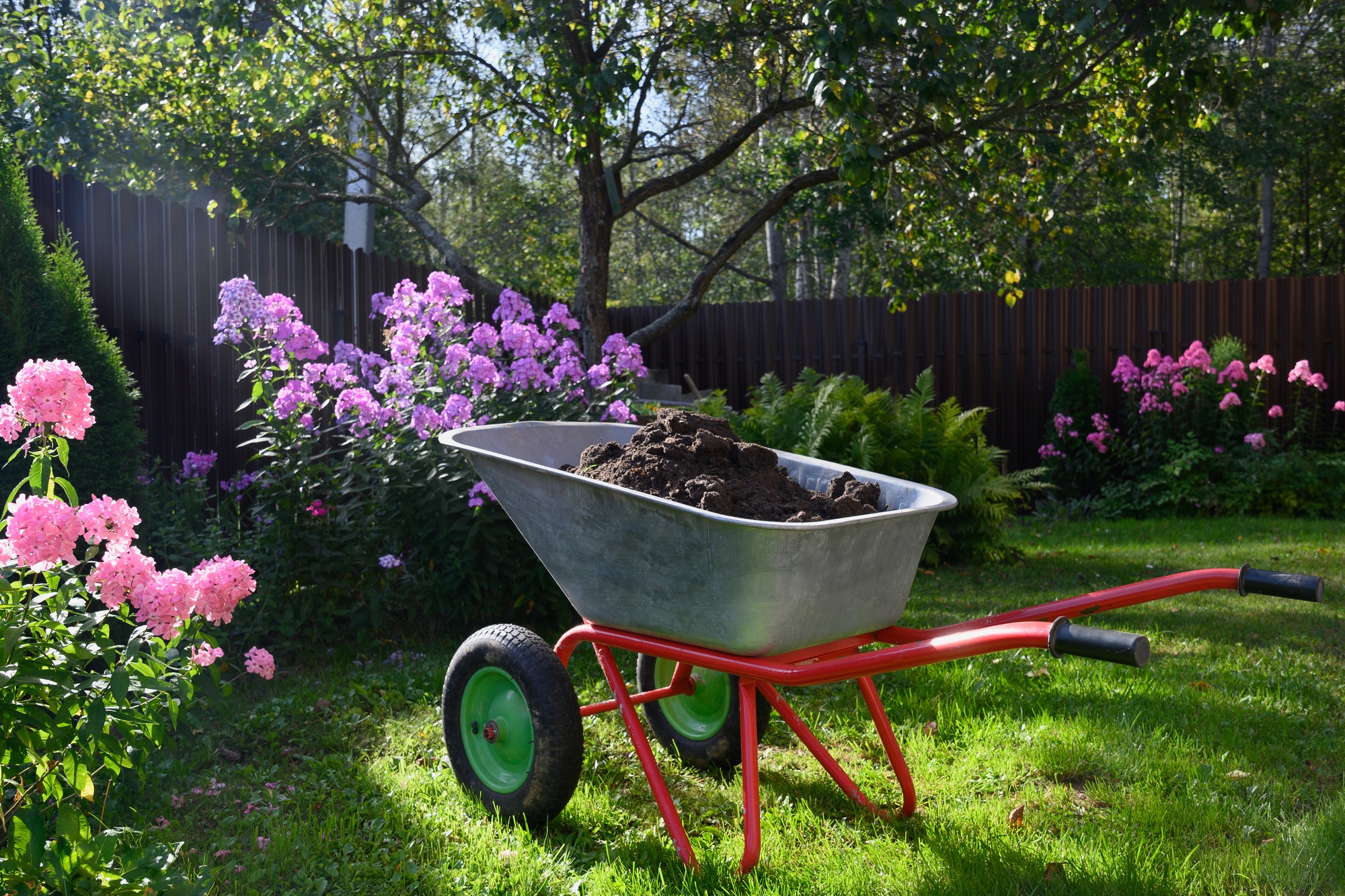Fertilizing your lawn at the right time—and with the right approach—can make a significant difference in how thick, green, and healthy it looks throughout the year. A well-fed lawn is better equipped to resist weeds, disease, and drought. But applying fertilizer without a plan can lead to waste, runoff, or even damage to your grass. Here’s what you need to know to get the most out of your lawn fertilization routine.
Know Your Grass Type and Growing Season
Timing your fertilizer depends on whether you have cool-season or warm-season grass. Cool-season grasses (like fescue, ryegrass, and Kentucky bluegrass) grow best in spring and fall, while warm-season grasses (like Bermuda, zoysia, and St. Augustine) peak in growth during late spring and summer. Apply fertilizer just before or during these active growth periods to maximize absorption and effectiveness.
Follow a Seasonal Schedule:
- Early Spring: Apply a light feeding to wake up your lawn from winter dormancy, but avoid heavy fertilization that could promote too much top growth before the roots are fully active.
- Late Spring to Early Summer: This is a key feeding time for most lawns. Use a slow-release fertilizer that will support steady growth through the warmer months.
- Late Spring to Early Summer: This is a key feeding time for most lawns. Use a slow-release fertilizer that will support steady growth through the warmer months.
- Late Summer to Early Fall: For cool-season grasses, this is often the most important feeding of the year. Fertilizing now helps repair summer stress and strengthens roots before winter.
- Avoid Winter Fertilization: Unless you live in a warm climate with active winter growth, skip fertilizing during winter months, as it can lead to nutrient runoff and ineffective results.
Choose the Right Fertilizer
Lawn fertilizers typically list three numbers (e.g., 20-5-10) representing the percentage of nitrogen (N), phosphorus (P), and potassium (K). Nitrogen promotes green growth, phosphorus supports root development, and potassium strengthens overall plant health. Most lawns benefit from a high-nitrogen fertilizer, but a soil test can help fine-tune your needs for best results.
Proper Application Techniques
Always read and follow the label instructions. Use a broadcast or drop spreader for even distribution, and avoid overlapping or skipping areas. Apply when the grass is dry, and water thoroughly afterward to help nutrients reach the roots. Be mindful of sidewalks and driveways—sweeping excess fertilizer back onto the lawn prevents waste and protects local waterways from runoff.
A well-timed, well-planned fertilization strategy is one of the best investments you can make in your lawn’s health. By understanding your grass type, seasonal needs, and soil conditions, you can feed your lawn exactly what it needs to thrive. When in doubt, consult a local lawn care professional to develop a fertilization schedule tailored to your property.


